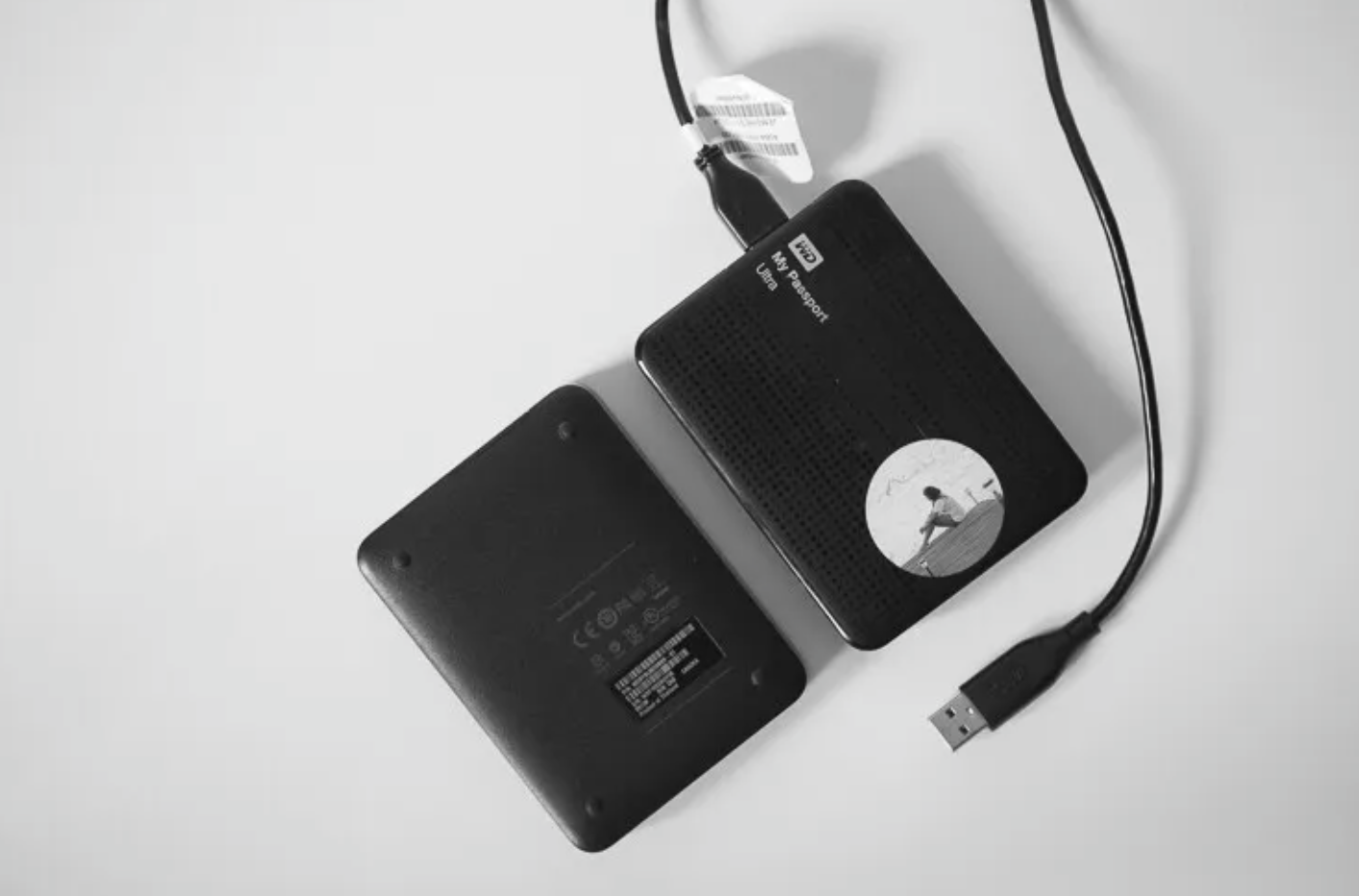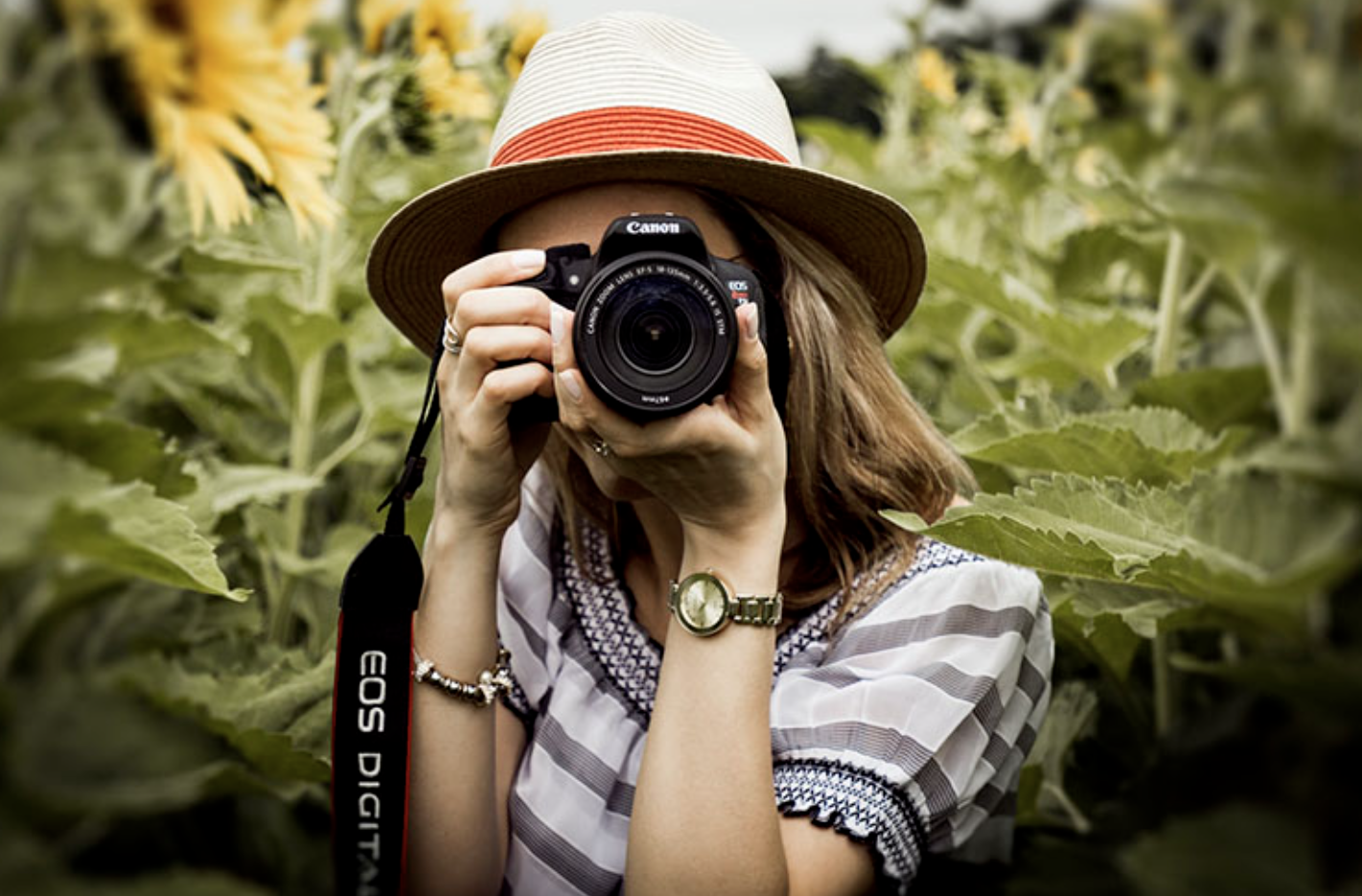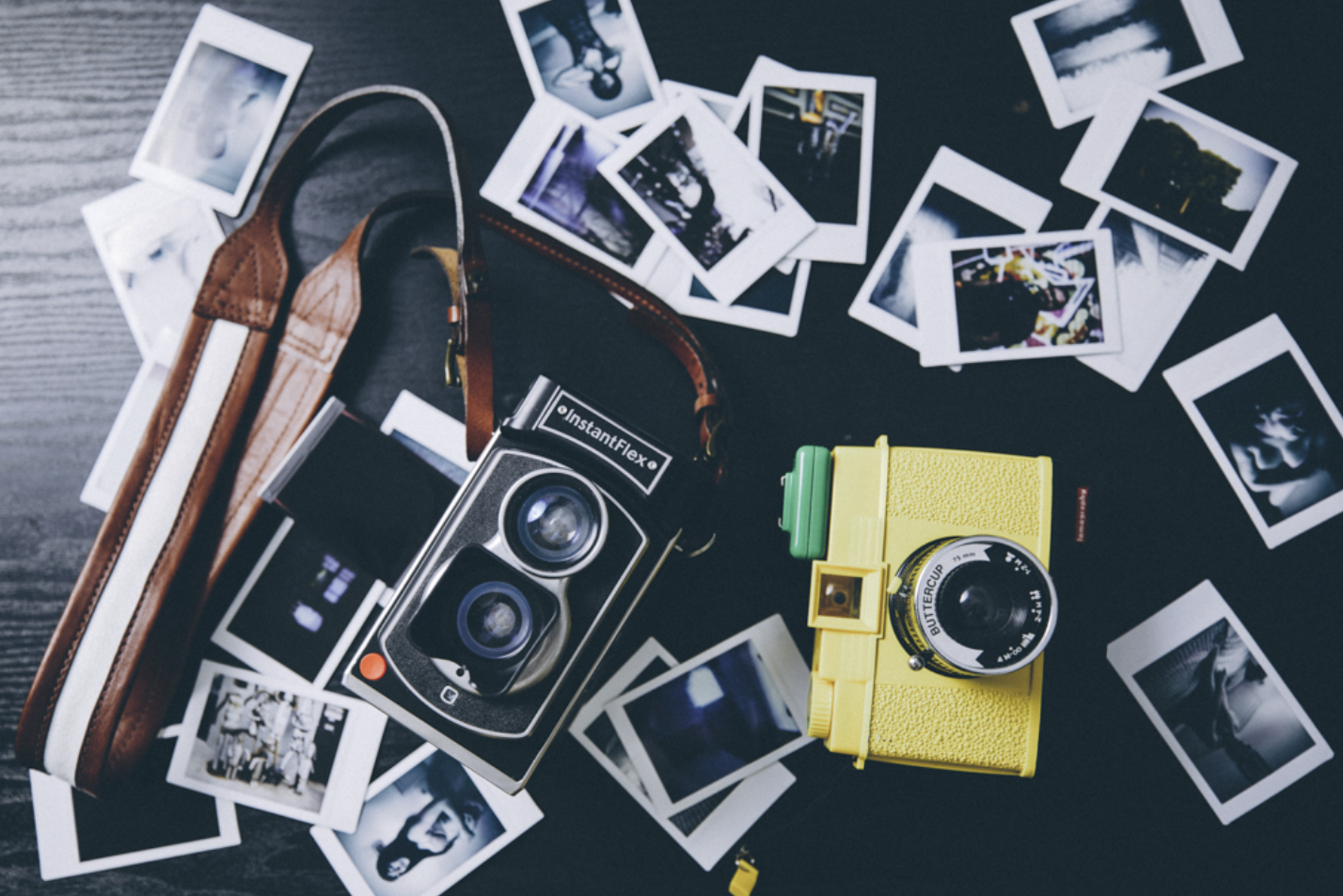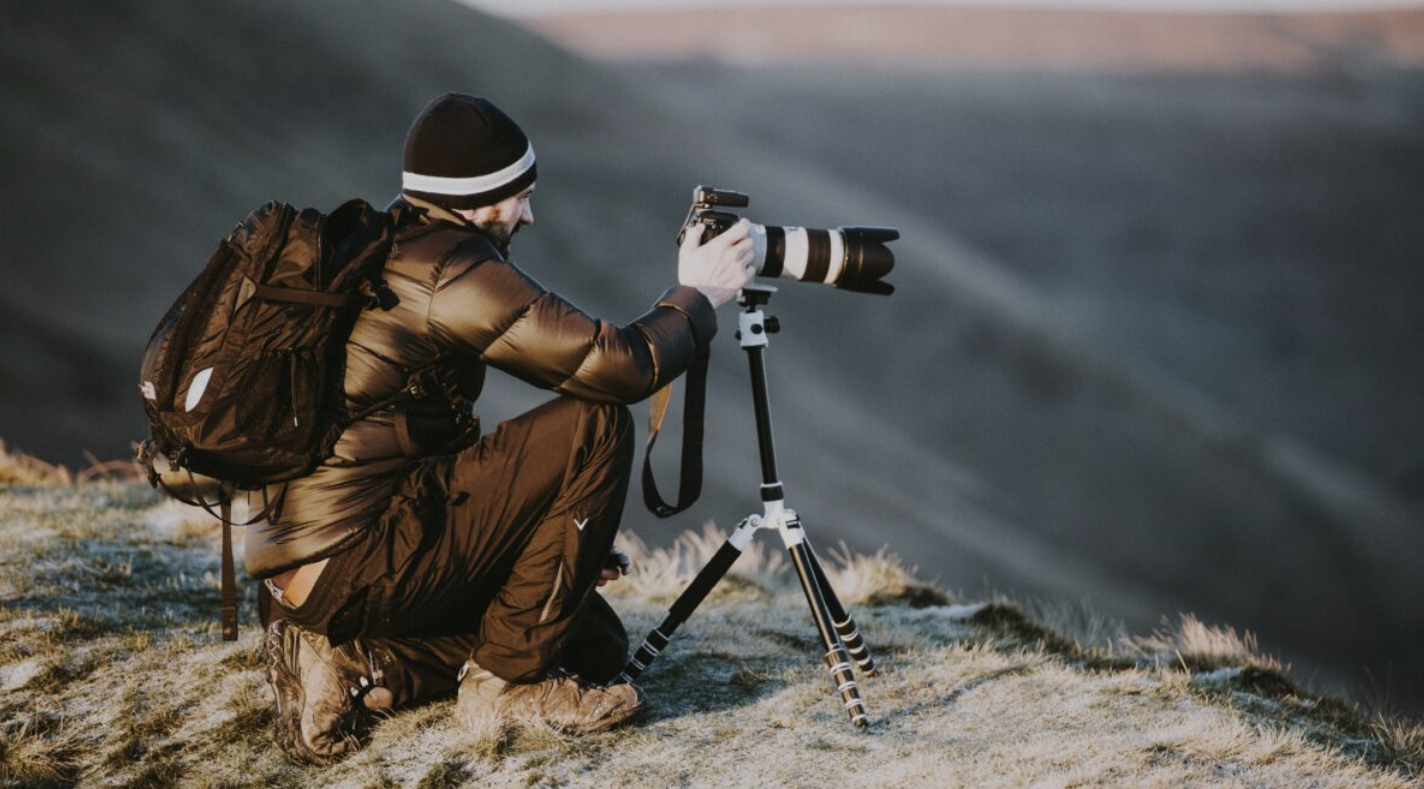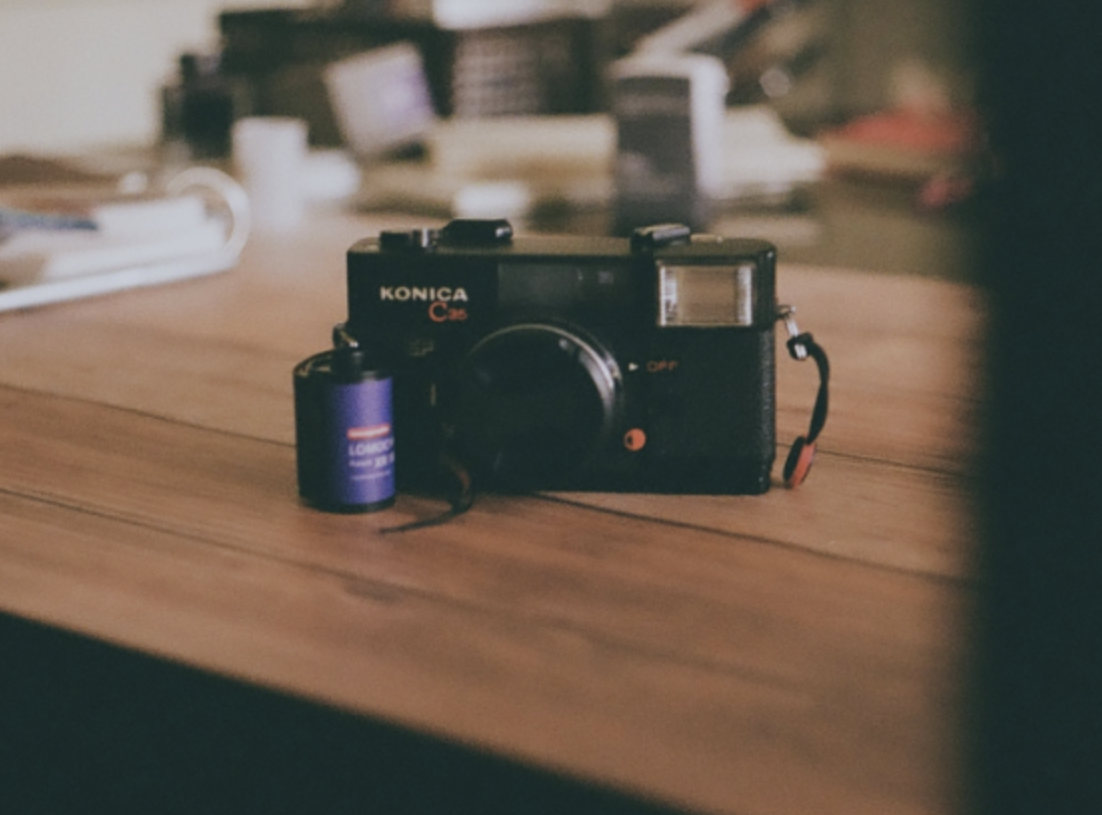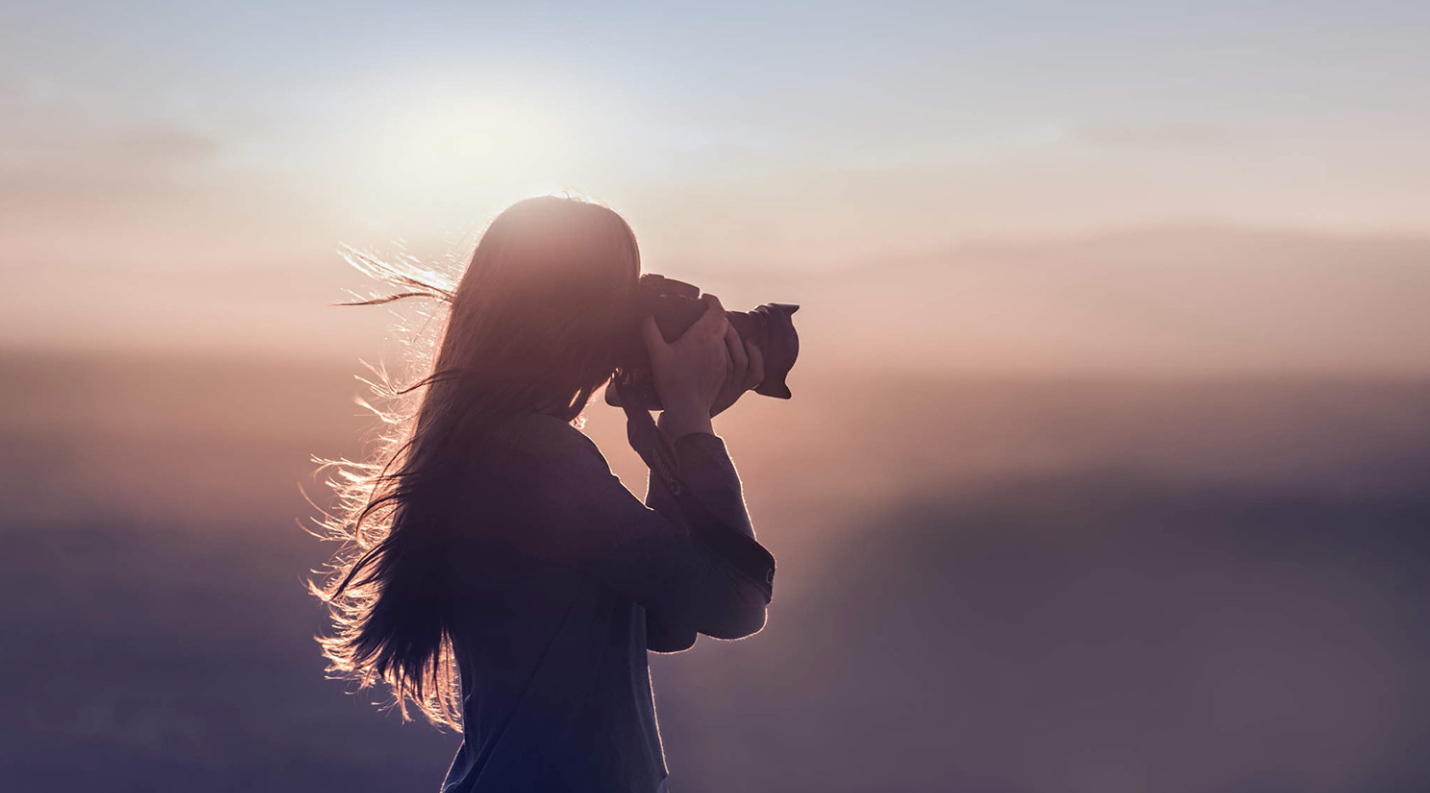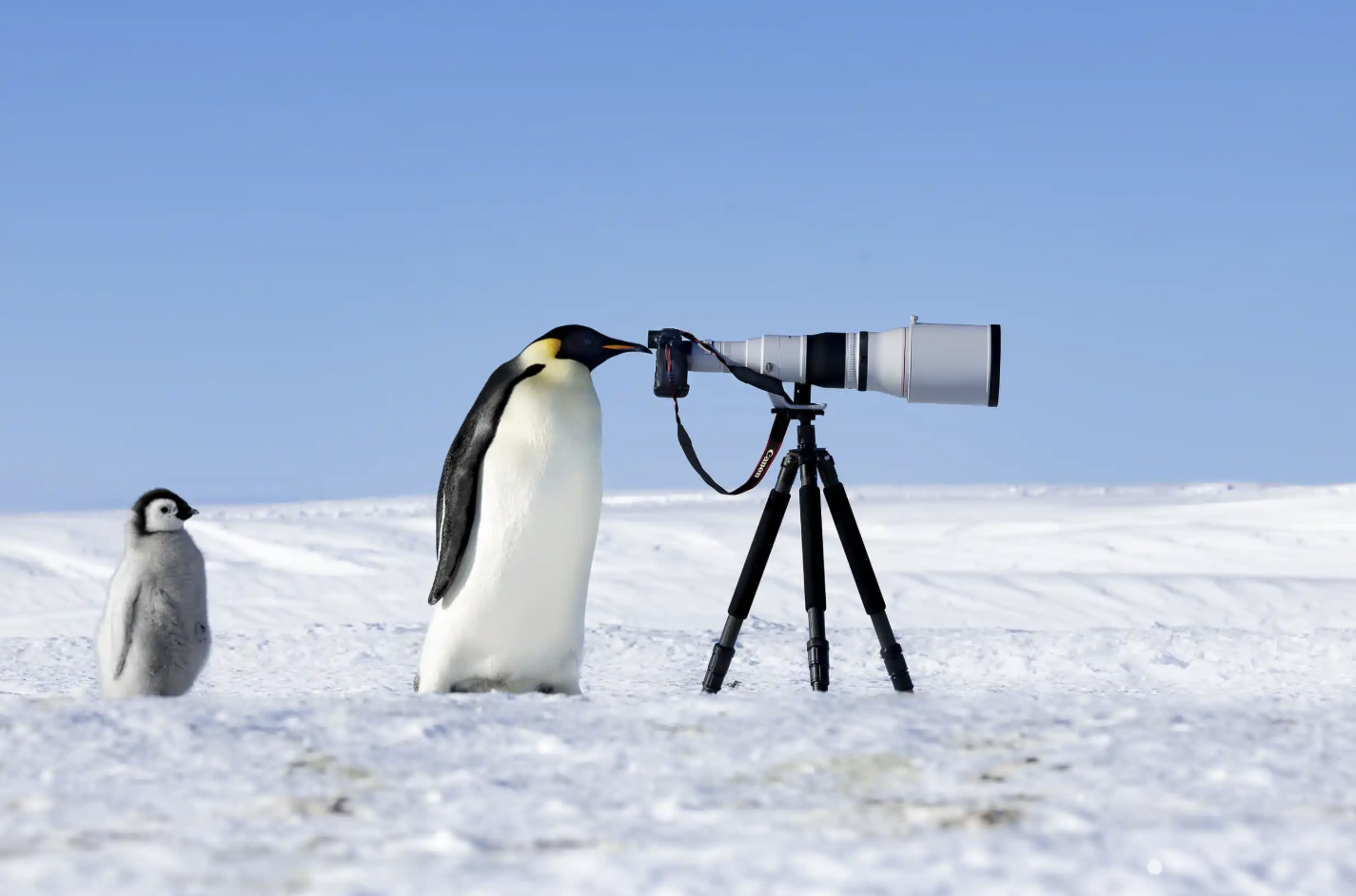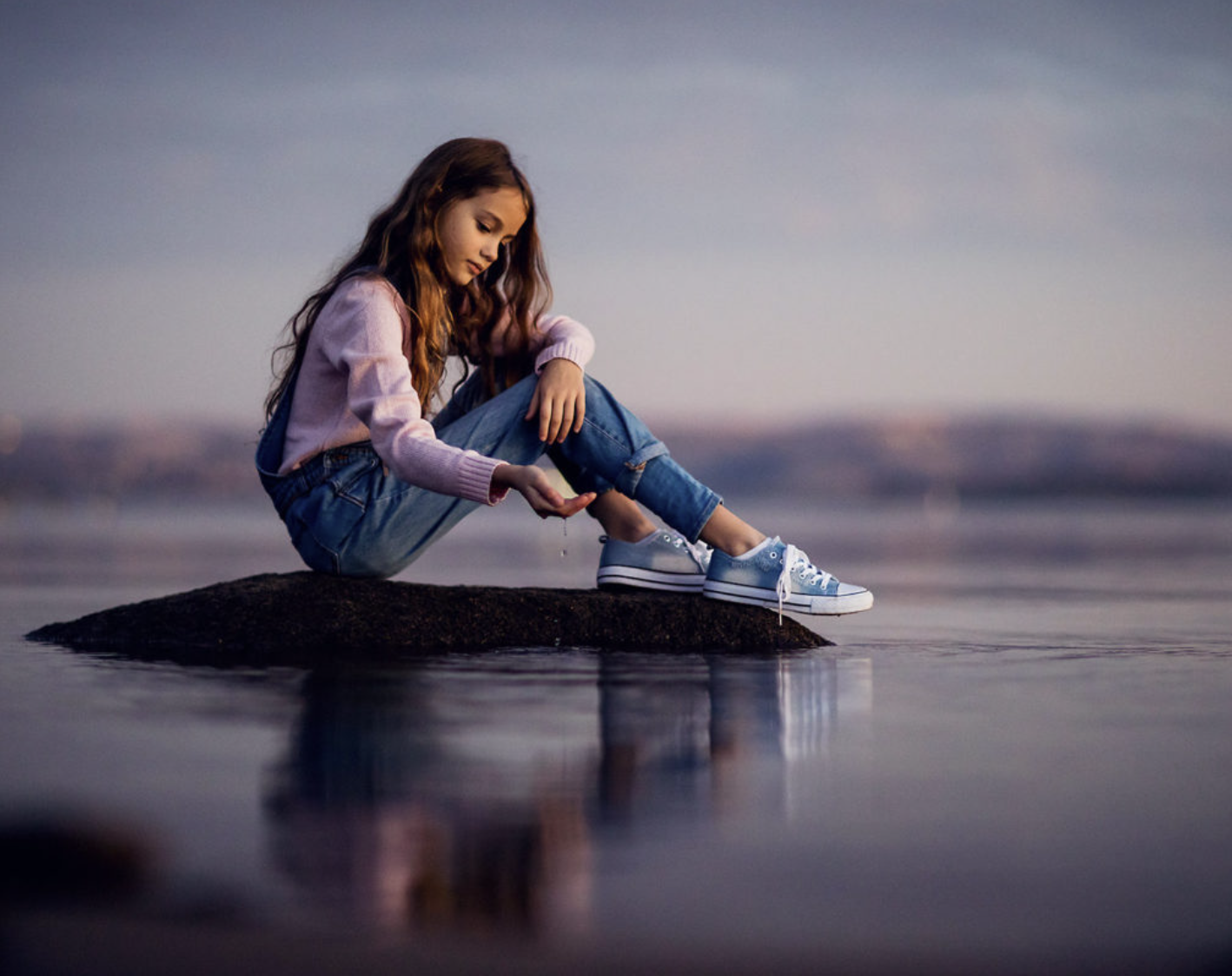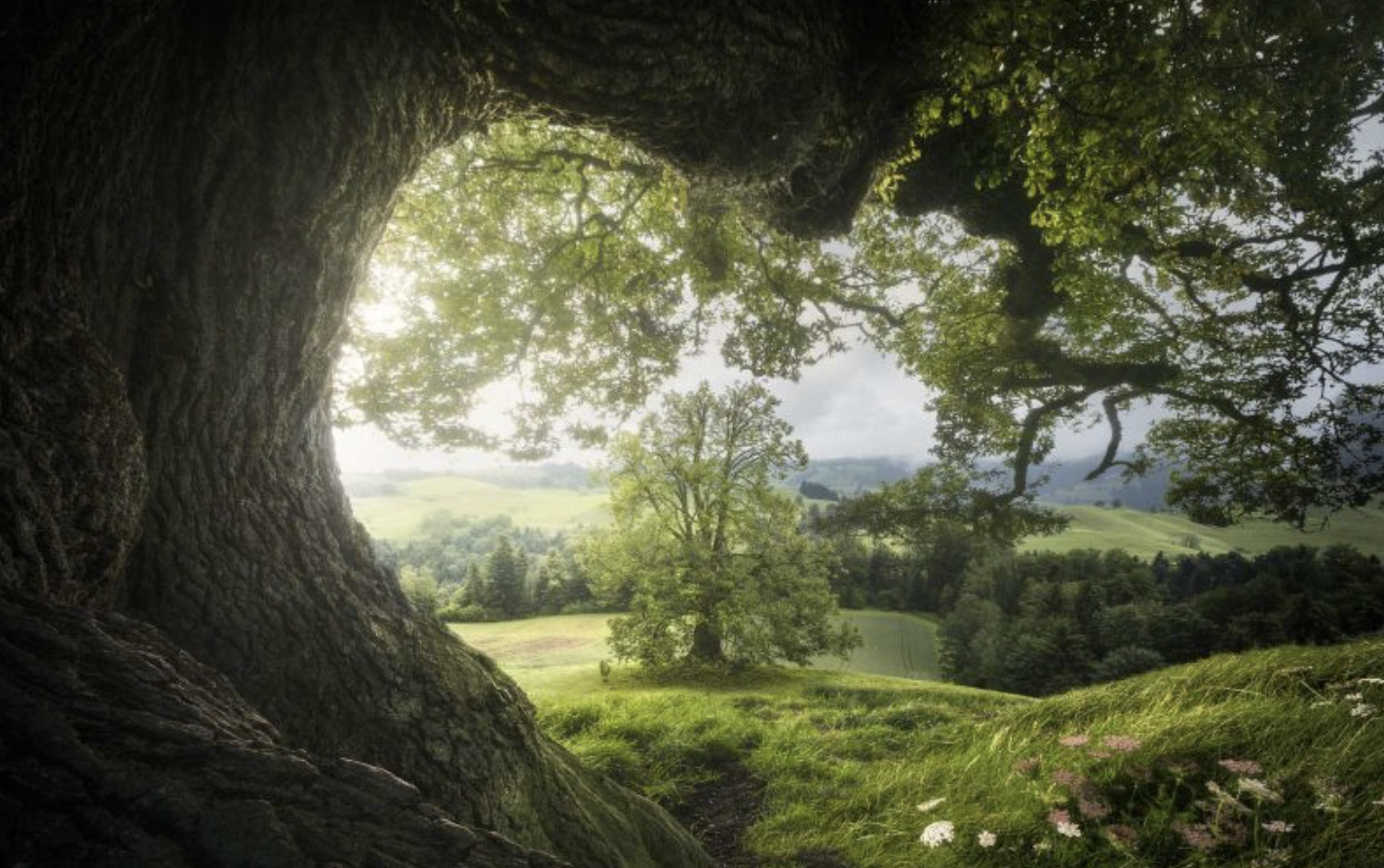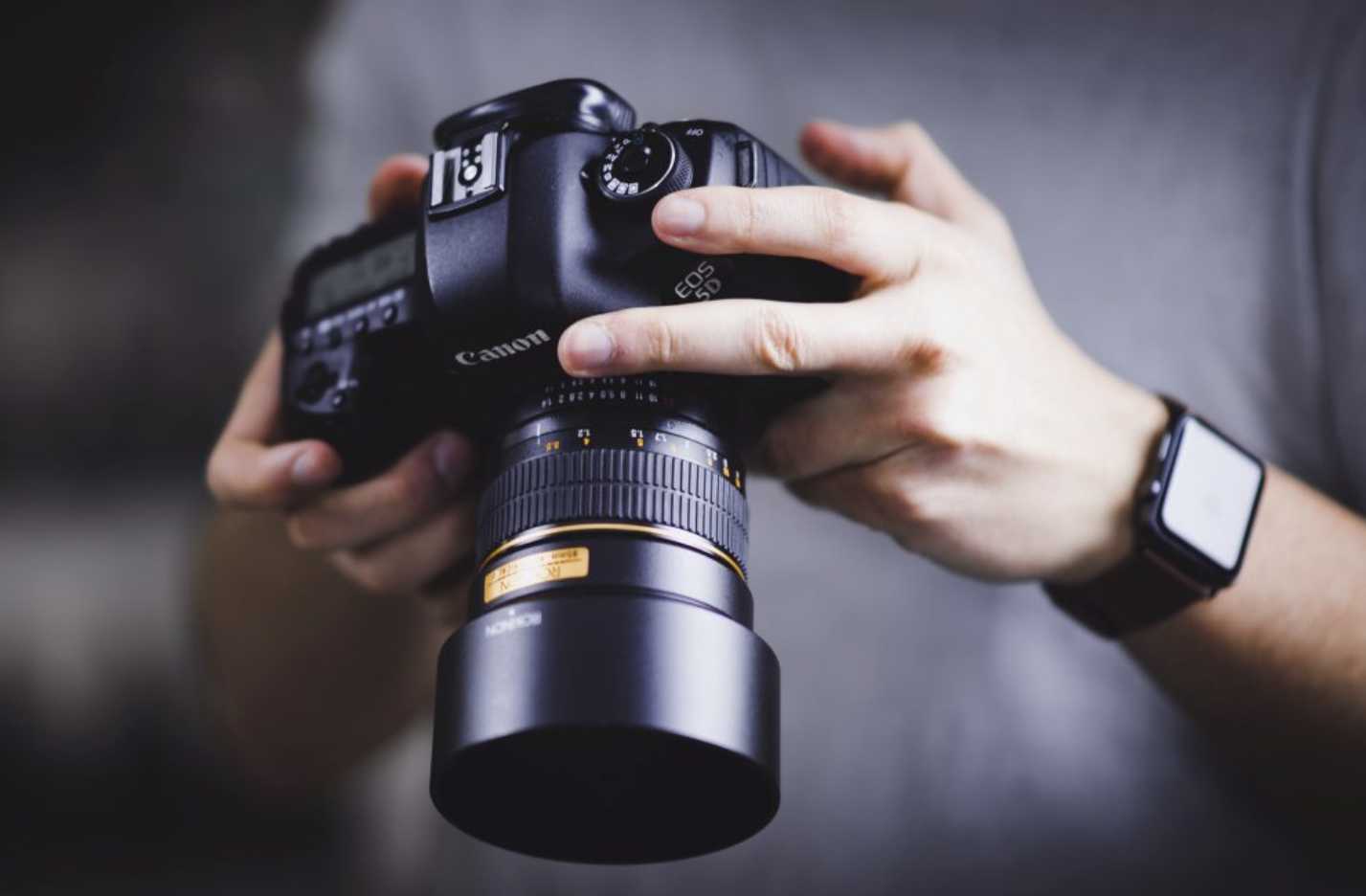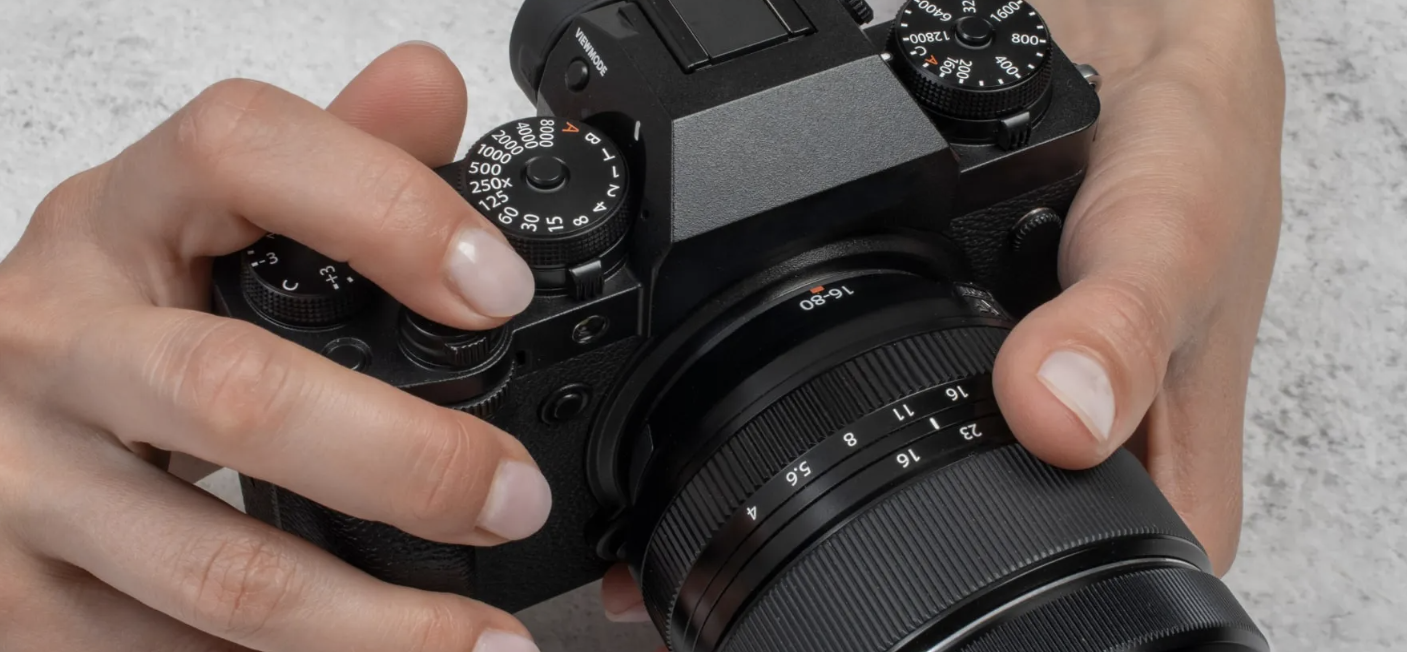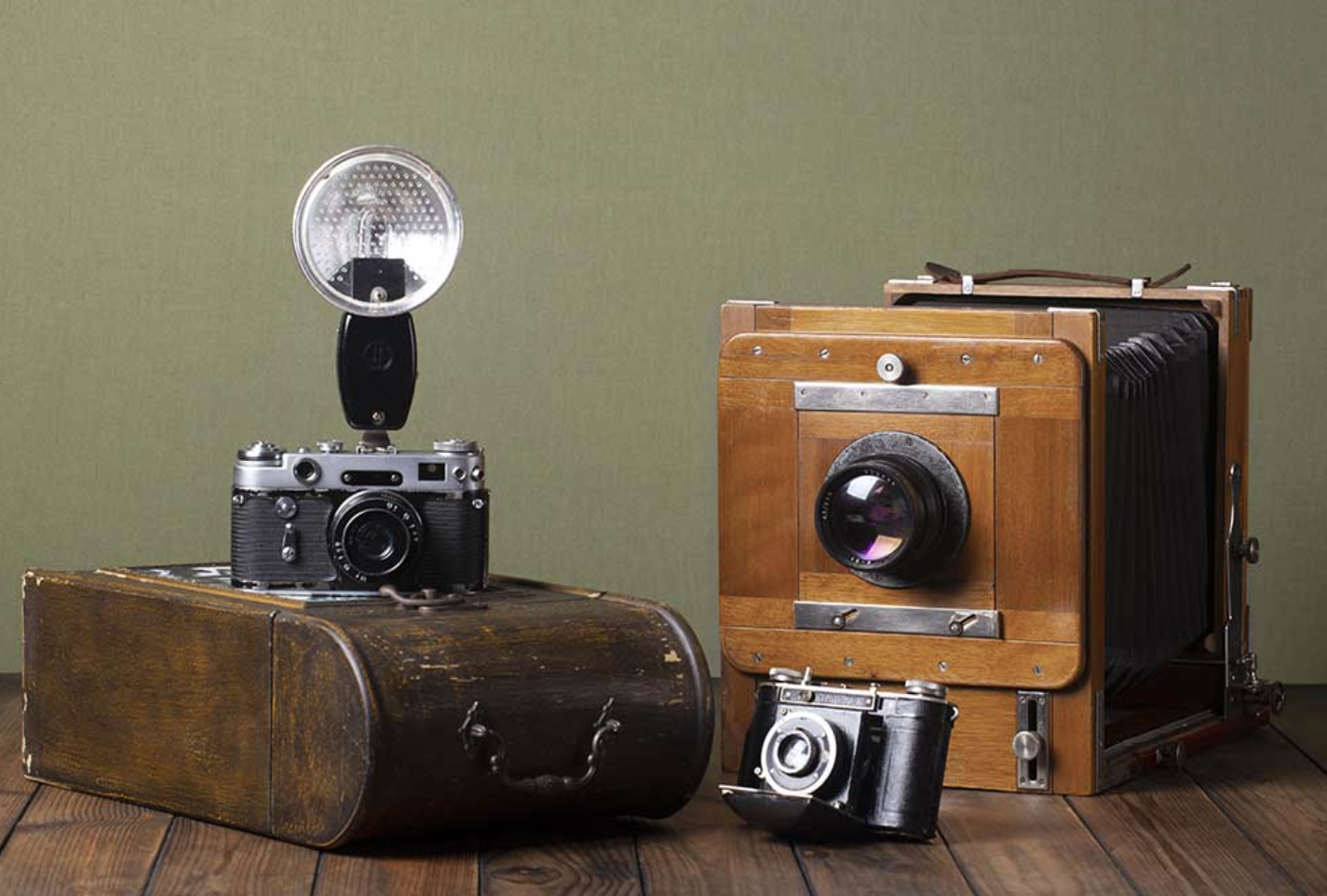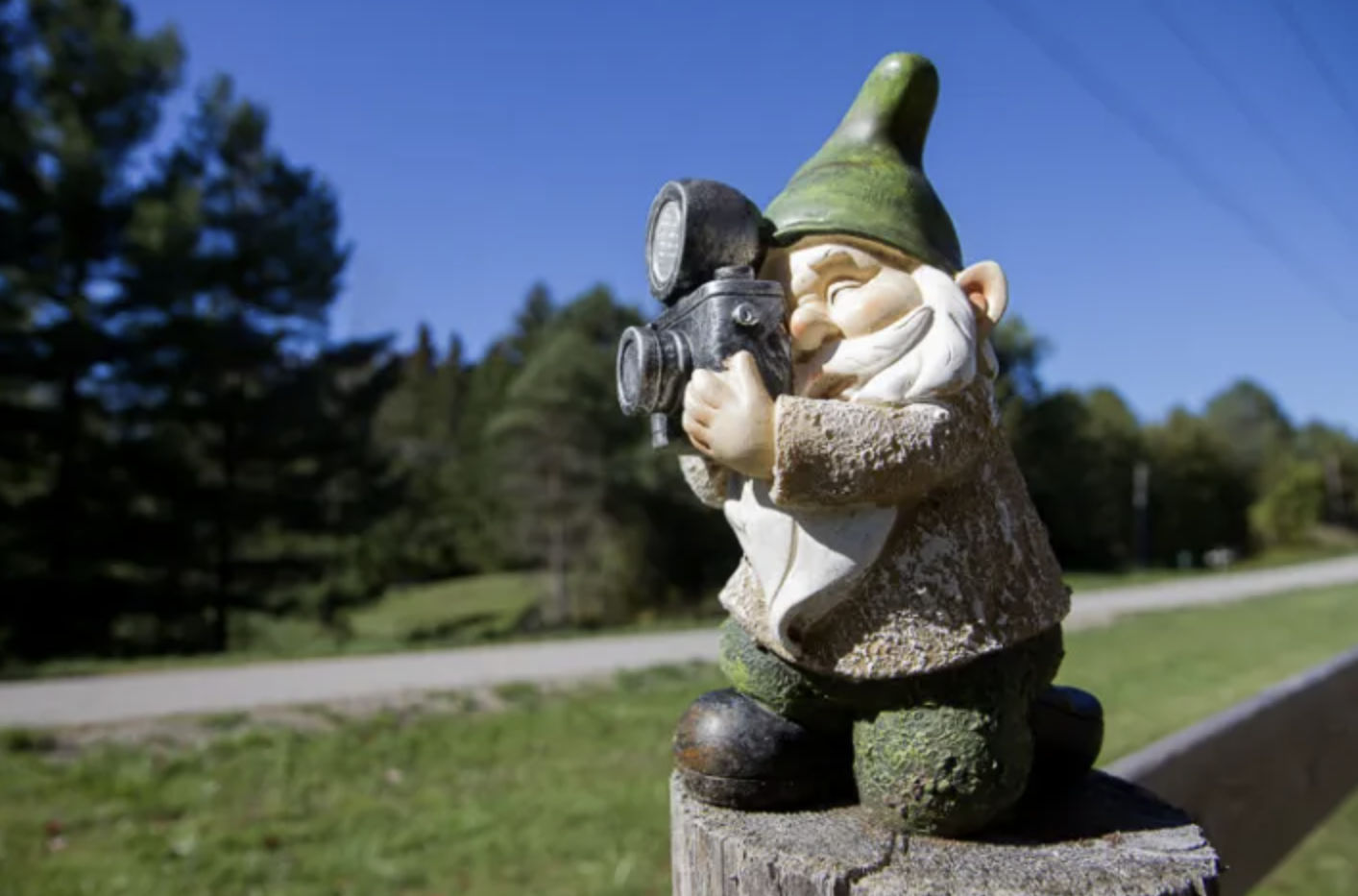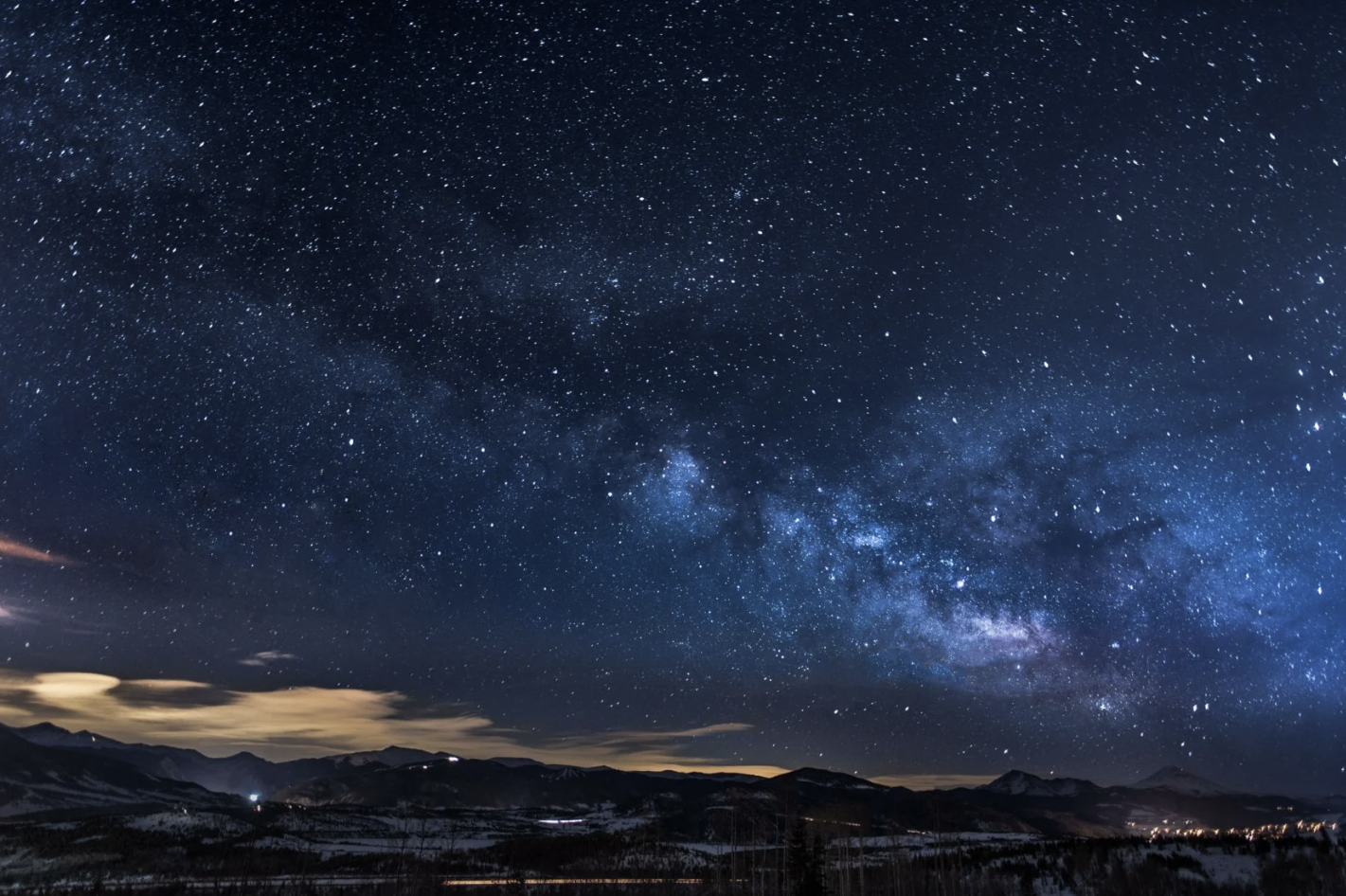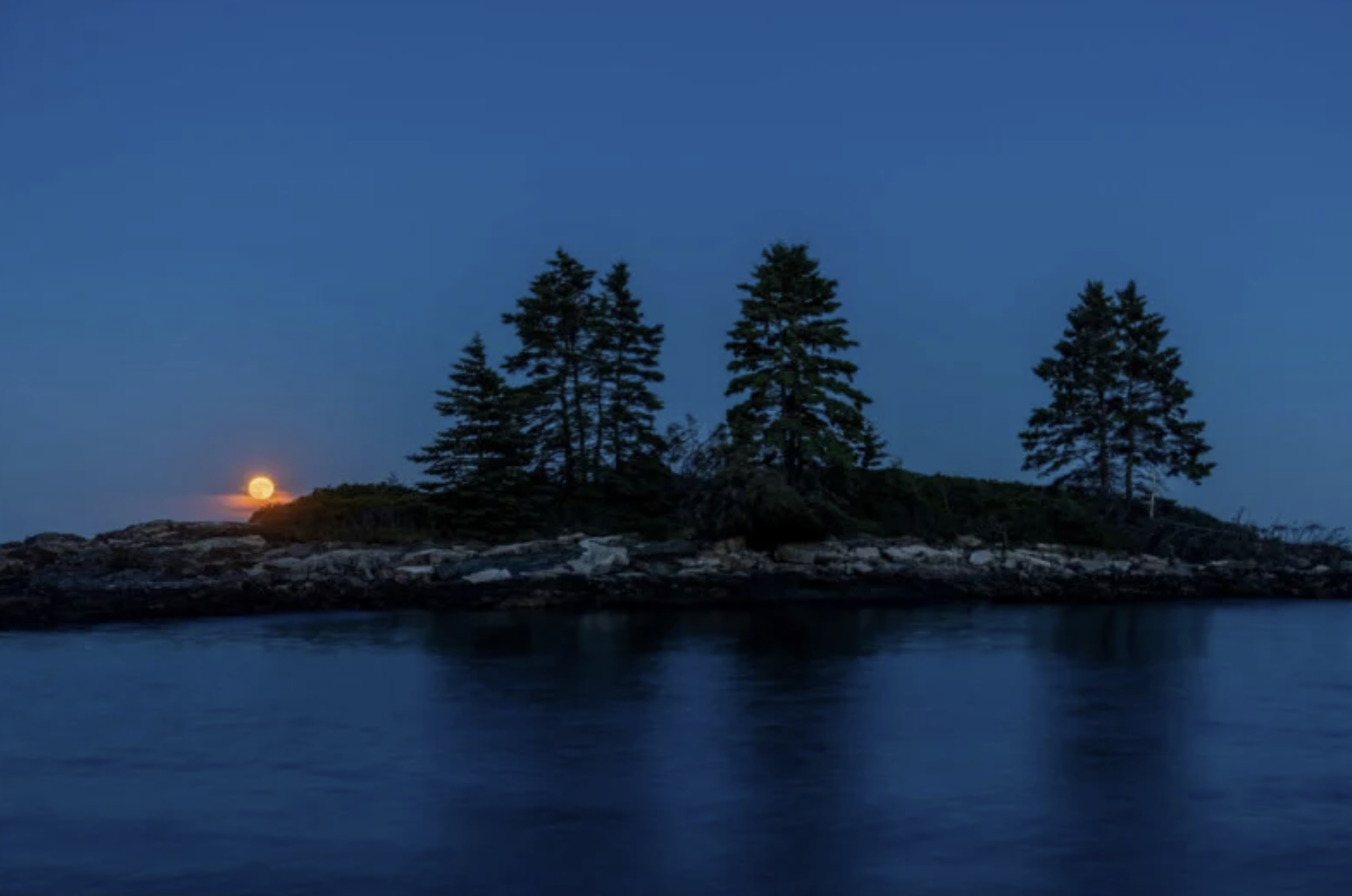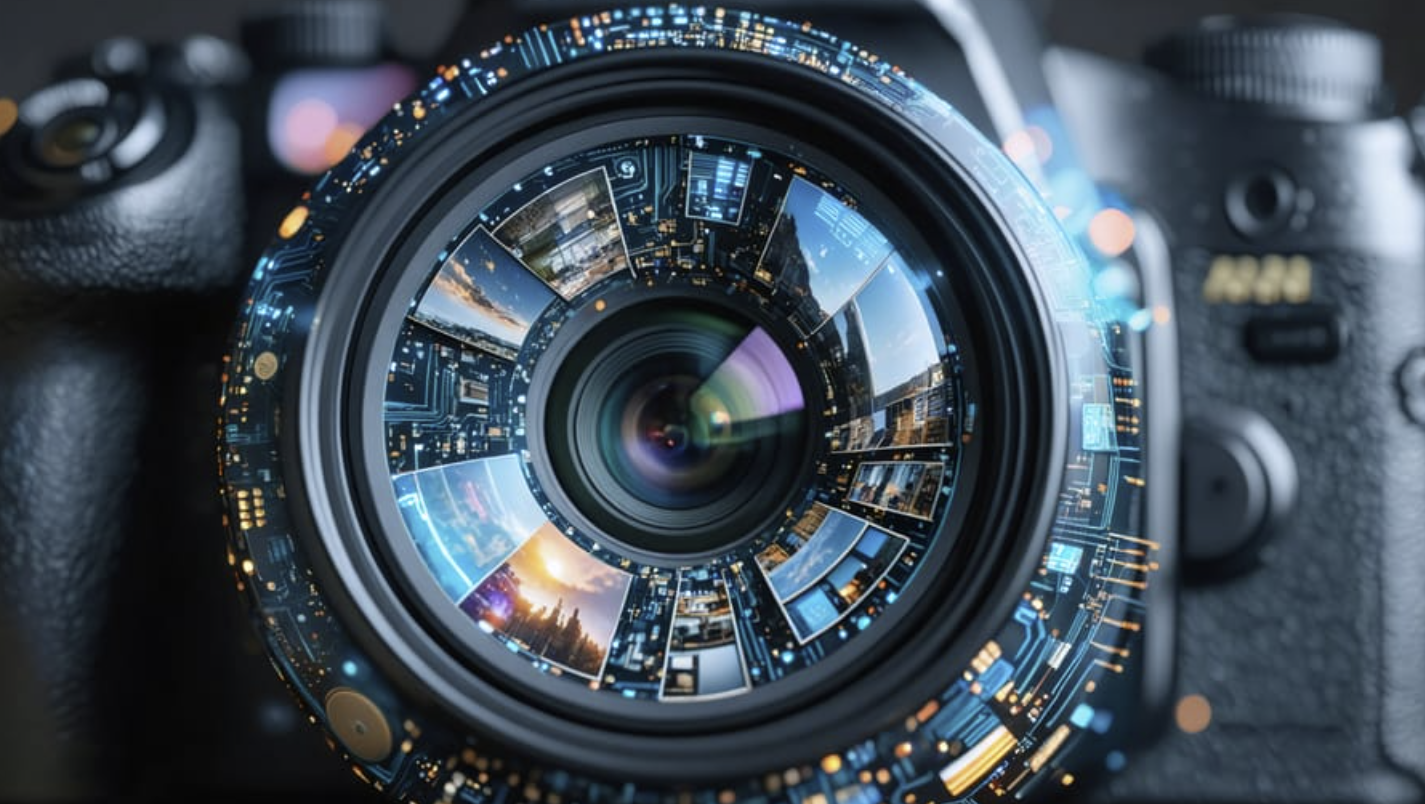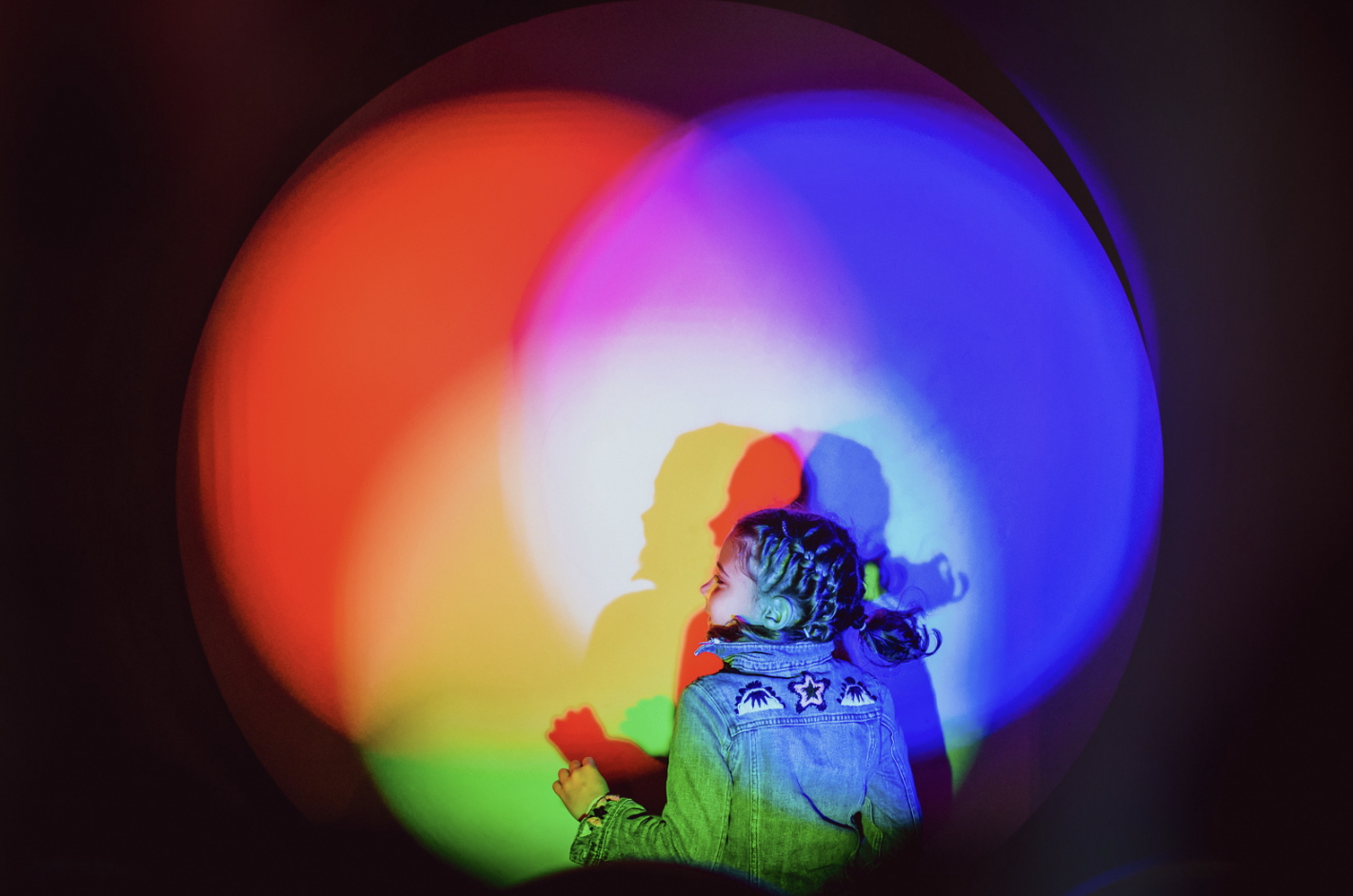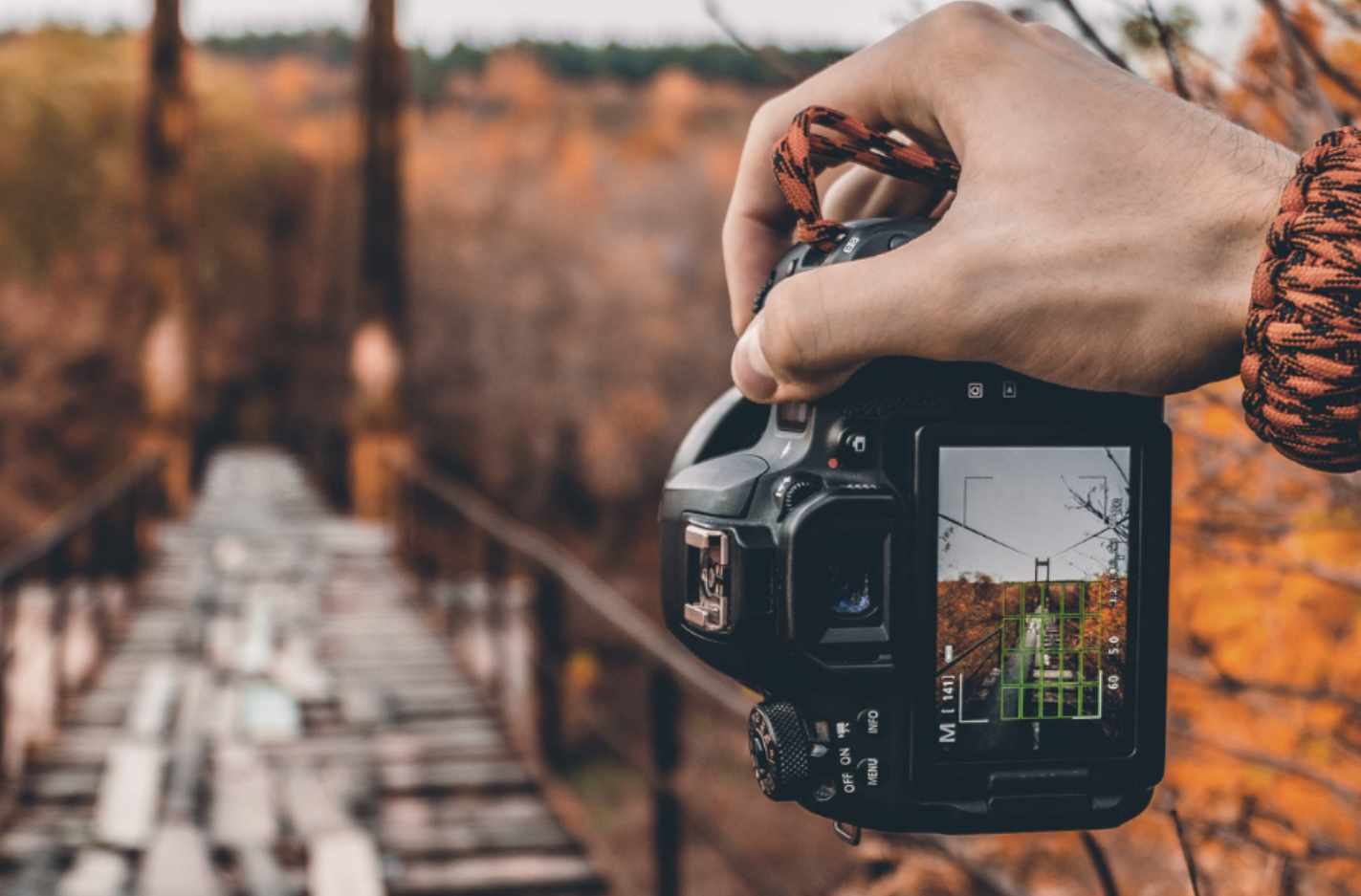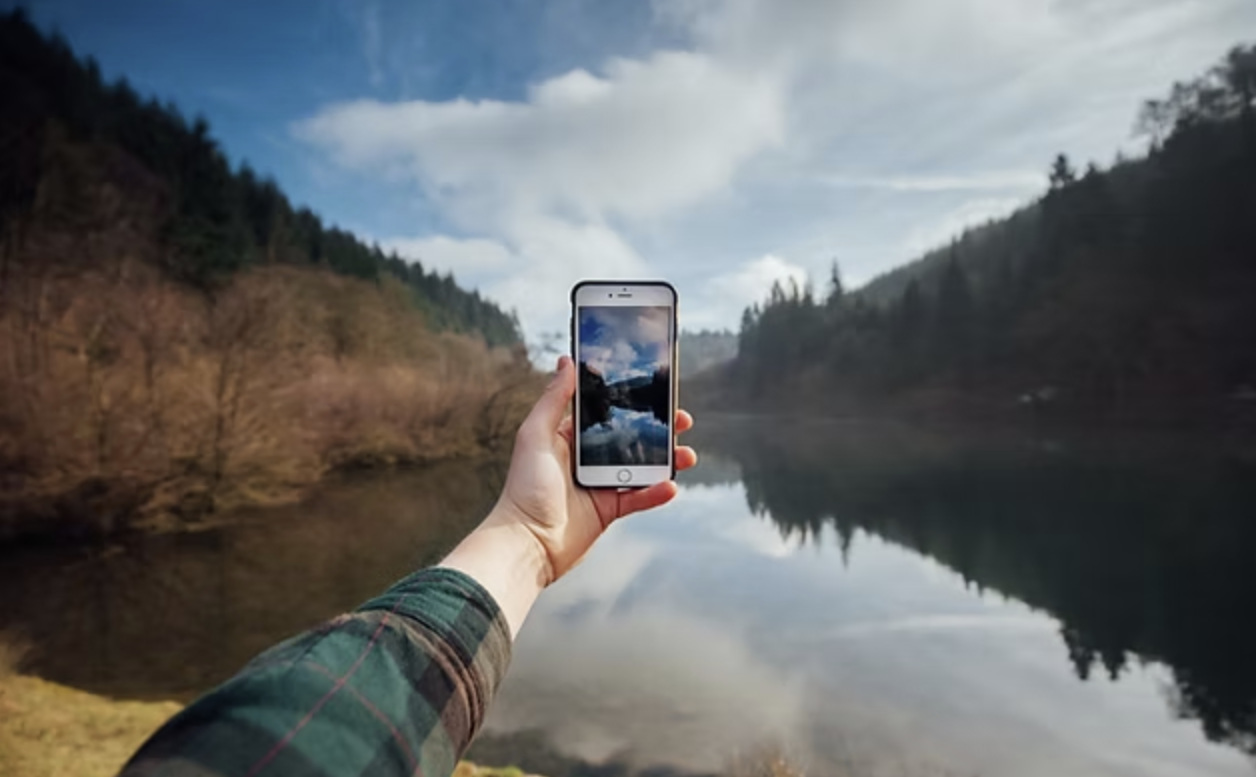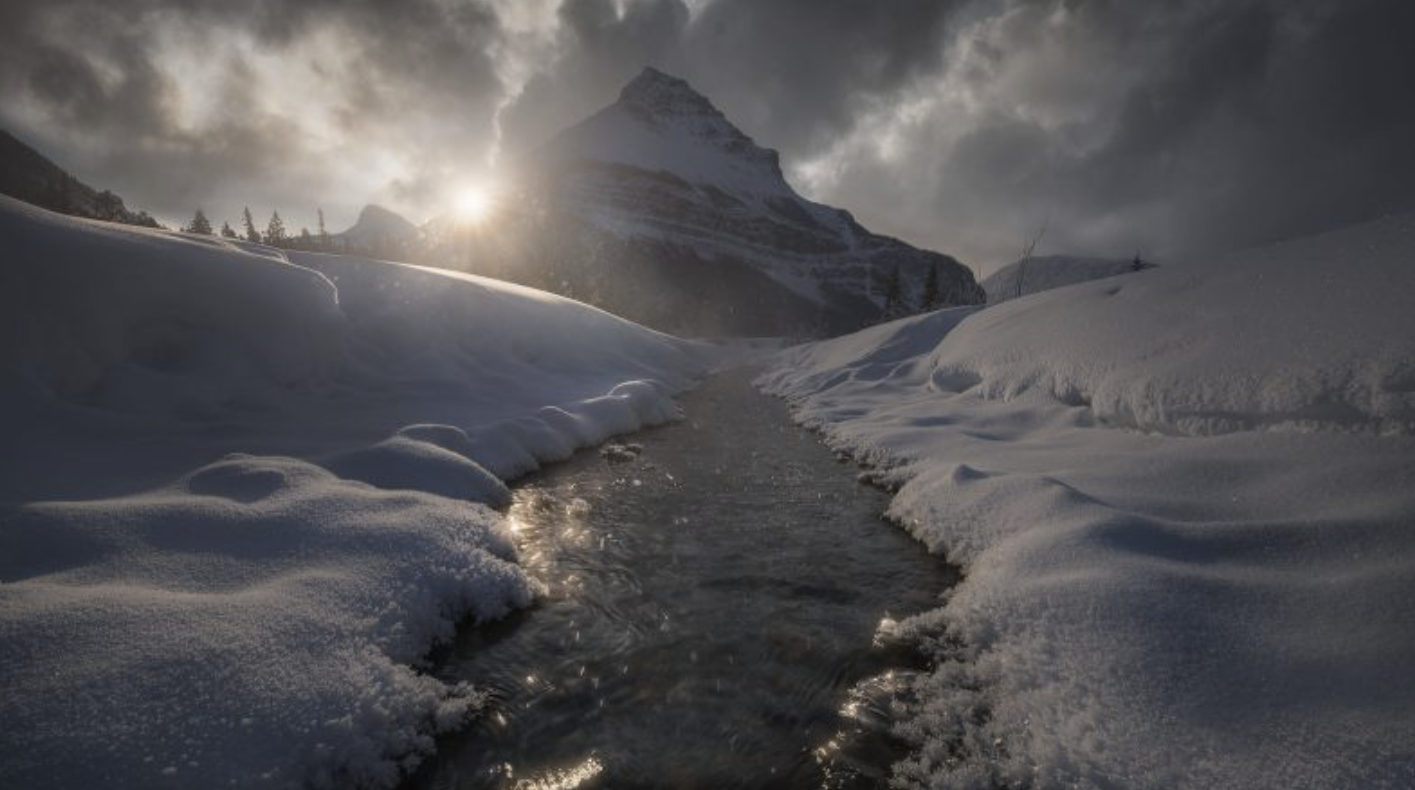
Winter often brings to mind cozy indoor moments, sipping hot drinks, and editing the year’s photos. However, this chilly season can also inspire some truly stunning outdoor photography. The key is stepping outside your comfort zone and embracing the unique challenges that come with winter’s bleak and moody atmosphere.
While many articles focus on snowy winter landscapes, the reality for most people is quite different. Snowfall is often fleeting, and for those living in cities, it quickly turns to slush, making for less-than-ideal photo conditions. This article will explore how to capture the true essence of winter – the cold, dark, snowless days that are much more common than pristine white landscapes.
Black and White Winter Photography
Winter’s overcast skies, bare trees, and muted light might seem unappealing at first, but they can be transformed into powerful black and white photographs. The lack of vibrant colors actually opens up a new world of creative possibilities.
Consider the moody atmosphere created by bare branches, foggy mornings, or misty roads. Black and white photography can highlight the textures and contrasts of winter’s stark beauty, turning seemingly dreary scenes into captivating works of art. The soft, diffused light of winter can help bring out details and give your shots an emotional depth that would be lost in color.
A Pop of Color in Winter Photography
Although winter lends itself well to black and white imagery, splashes of color can also create striking photos. In a sea of grey, a sudden burst of color can immediately grab attention. A bright red robin against a dull winter backdrop or the vibrant yellow of a taxi in a gray city scene can be captivating focal points.
Cities, in particular, may seem drab during winter, but they are full of contrasting colors waiting to be captured. Keep an eye out for colorful objects against muted surroundings, like graffiti on brick walls or neon lights in the dim winter light. These small bursts of color can breathe life into an otherwise dull scene.
The Blue Hour: Winter’s Perfect Moment
With shorter daylight hours, the blue hour becomes an essential part of winter photography. This period, just before sunrise or after sunset, offers a unique, moody light that enhances the chilly atmosphere of winter. The light is naturally cooler during this time, with the bluish tones adding drama to your shots.
In urban areas, the blue hour’s contrast between the cold, natural light and the warmth of artificial streetlights or neon signs creates an exciting dynamic. In rural settings, the glow from a distant house or car lights can provide a warm contrast to the cool tones of the sky, making for an enchanting winter scene.
Mist and Fog: Creating a Dreamlike Atmosphere
Winter is the perfect season for capturing mist and fog. These weather conditions can create a sense of mystery and depth in your photos, enveloping your subjects in a soft, ethereal glow. Mist often drifts in and out of a scene, offering fleeting opportunities to capture something unique, while fog provides a more uniform, ghostly atmosphere.
Shooting in mist or fog can be challenging, especially when it comes to exposure and focus. Meters often underexpose in foggy conditions, so you may need to increase the exposure slightly. Additionally, autofocus may struggle in low-contrast scenes, so it’s advisable to switch to manual focus to ensure your subject is sharp.
Embracing Rain and Reflections
Winter isn’t all snow and ice – rain is often a significant feature of the season. Rain can add energy to your shots, especially when paired with bright, artificial lights. Use a fast shutter speed to freeze the movement of the rain, capturing the dynamic texture of the droplets as they fall. If you’re shooting in an urban area, reflections in puddles or wet surfaces can create dramatic and striking images.
Another great option is photographing raindrops on windows. When shooting through a window, aim for a blurred background while keeping the raindrops in sharp focus. The contrast between the raindrops and the soft background adds depth and interest to the shot.
Winter Photography Gear and Settings
You don’t need specialized equipment to photograph winter scenes, but there are a few things that can make your experience more enjoyable and productive.
- Camera: Any camera that allows manual control over exposure will work well for winter photography. DSLR, mirrorless, or even compact cameras with manual settings can help you capture the mood of the season.
- Lenses: A versatile lens like a 24-70mm zoom lens is perfect for capturing winter landscapes and city scenes. For more detailed shots, a macro lens can be great for capturing raindrops, textures, or small winter details.
- Tripod: In low light conditions, a tripod will help ensure sharp images, especially during the blue hour or when capturing fog and mist. A tripod also stabilizes your camera for creative compositions like long-exposure shots of moving rain or flowing water.
Tips for Winter Photography
- Depth of Field: Use a shallow depth of field for isolated subjects, or a deeper depth for capturing larger scenes with texture and detail.
- Manual Focus: In low light, autofocus can struggle, so switch to manual focus to ensure your subject is sharp.
- Exposure: Slightly underexpose your photos to enhance the moody winter feel. If you’re unsure, it’s easier to correct this during post-processing than to fix an overexposed image.
Editing Winter Photography
Editing winter photos can enhance the moody, atmospheric feel you’re aiming for. Here are some editing tips:
- Exposure: Slightly reduce the exposure to enhance the mood and emphasize the cold, wintry feel.
- Contrast: Adjust the contrast to add depth and make the details of the scene pop, especially if the light was soft.
- Color Adjustment: Cool down the temperature of the image to intensify the blue tones and create a more dramatic effect. If you want a warmer look, adjust the white balance accordingly.
- Saturation: Keep saturation low to preserve the muted, moody palette of winter. Only enhance colors when they provide contrast to the overall tone.
- Vignette: A subtle vignette can draw focus to your subject and enhance the wintery atmosphere.
Conclusion
Winter may seem like a challenging season for photography, but it offers endless opportunities for creativity. Whether you’re capturing the stark beauty of black and white landscapes, the vibrant contrast of color, or the soft mystery of mist and fog, winter photography is about embracing the unique light and mood of the season. By using the right techniques, gear, and editing tools, you can capture the essence of winter in ways that go beyond the conventional snowy scenes.



